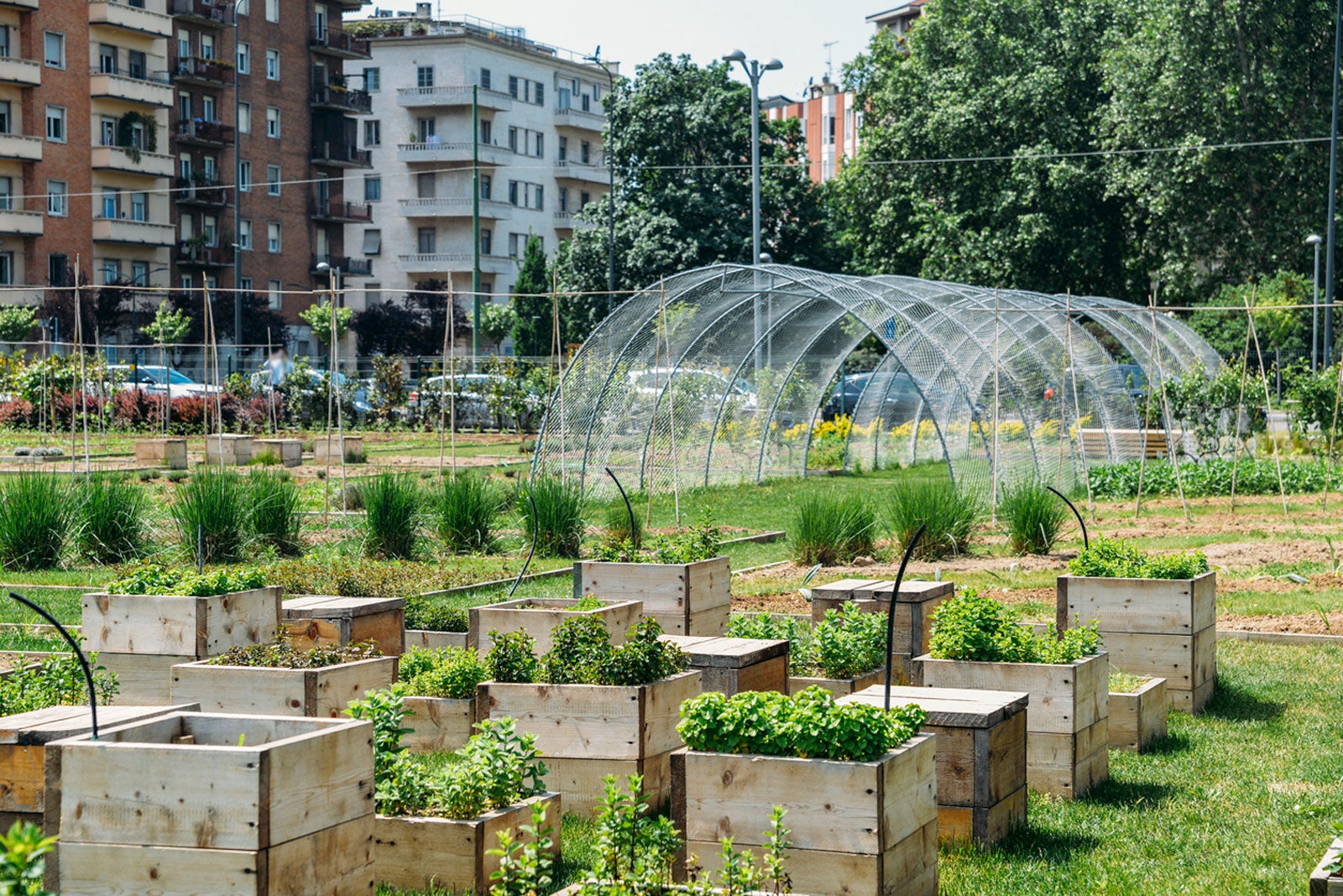Some Ideas on City Blooming You Need To Know
Some Ideas on City Blooming You Need To Know
Blog Article
The Single Strategy To Use For City Blooming
Table of ContentsAn Unbiased View of City BloomingCity Blooming for BeginnersThe Ultimate Guide To City BloomingRumored Buzz on City BloomingThe Of City Blooming
Intrigued in growing food for sale in the City of Chicago? Below is a listing of often asked inquiries regarding the guidelines and regulations that cultivators should consider when preparing an urban agriculture project.
The zoning amendment does not customize any type of other codes handling composting, structure permits, buying or renting City possessed property, business licenses or environmental contamination. There are existing codes that control these problems and they remain completely result and might apply to your project. Area gardens are typically had or handled by public entities, civic companies or community-based organizations and kept by volunteers.
Urban ranches grow food that is meant to be sold, either on a not-for-profit or for-profit basis. Due to their business function, city ranches call for an organization permit. Yes. A neighborhood yard is permitted to sell excess generate that was expanded on site if the sales are accessory or subservient to the garden's key objective described over.
The Basic Principles Of City Blooming
Composting is permitted yet just for plant product that is created and used on website. The amount of garden compost product can not exceed 25 cubic backyards at any given time according to the criteria in 7-28-715 of the City's Municipal Code. Yes. Due to the fact that the dirt at the majority of brand-new yard websites requires changing, garden compost, soil, timber chips, or other materials can be acquired to create or enhance the expanding space - indoor plants.

If a structure authorization is called for after that the hoophouse will certainly be thought about an accessory building. You can discover even more concerning the building permit demands by getting in touch with the Division of Structures. The 25,000-square-foot size restriction is planned to avoid a single neighborhood garden from dominating a given block or diminishing the block's existing residential or commercial character.
The limit does not use to gardens located in Public Open Room (POS) areas. Can there be greater than one area yard that is 25,000 square feet on a solitary block? Yes. The dimension restriction relates to individual yards, not to individual blocks. No. Secure fencing is not needed, nevertheless, gardens that have huge car parking areas may be needed to install fencing or other landscaping functions.
City Blooming - Questions
B1 & B2 areas call for that all commercial use tasks be carried out indoors. Is fence required for metropolitan ranches? Fencings may be needed, along with landscape design and testing, for specific car parking locations and outdoor work or storage areas depending on location and the details activity taking area.
Yes. Urban farms require structure authorizations and zoning approvals prior to construction. Other forms of city review might be needed depending upon certain structures, activities, size, landscape design, licensing, public heath and stormwater administration problems. Most of these needs are recognized in the project layout or allowing process, nonetheless, the candidate might be responsible to independently determine particular licenses or permits that might be needed.
Yes. The sort of license is figured out by what is taking place at the website. The Division of Business Affairs and Consumer Defense can aid establish the particular kind of company license that's needed. Yes. Off road vehicle parking is required for a lot of industrial jobs in Chicago. The needed variety of parking rooms is based on the number of staff members dealing with site and not the square video footage of the growing room.
A Biased View of City Blooming

A city ranch can sell compost product produced on website, visit the site nonetheless, the procedure must comply with the guidelines in 7-28-715 of the Chicago Municipal Code. Aquaponic systems are permitted indoors on metropolitan ranches in several zoning districts.
Up to 5 hives or swarms of honey bees might be kept as an accessory usage. Beekeepers need to sign up with the Illinois Division of Farming. For more details regarding the proposed zoning modification you might call the Department of Real Estate and Economic Growth, Bureau of Planning and Zoning at 312.744.8563.
Farming in cities and metropolitan locations An urban ranch in Chicago. Urban farming describes numerous practices of growing. https://disqus.com/by/cityblooming/about/, processing, and distributing food in urban areas. The term additionally applies to the area activities of animal husbandry, tank farming, beekeeping, and cultivation in a city context. Urban farming is distinguished from peri-urban farming, which takes area in rural areas beside suburban areas.
8 Easy Facts About City Blooming Shown
It can entail an activity of natural growers, "foodies" and "locavores", that seek to create socials media based on a common ethos of nature and area holism. These networks can establish using official institutional assistance, ending up being incorporated into regional town as a "shift community" activity for lasting metropolitan growth.
The more direct accessibility to fresh vegetable, fruit, and meat products that might be understood via metropolitan farming can improve food safety and security and food safety while decreasing food miles, leading to reduced greenhouse gas exhausts, thus adding to environment adjustment reduction. Several of the initial proof of urban agriculture comes from Mesopotamia.
Report this page